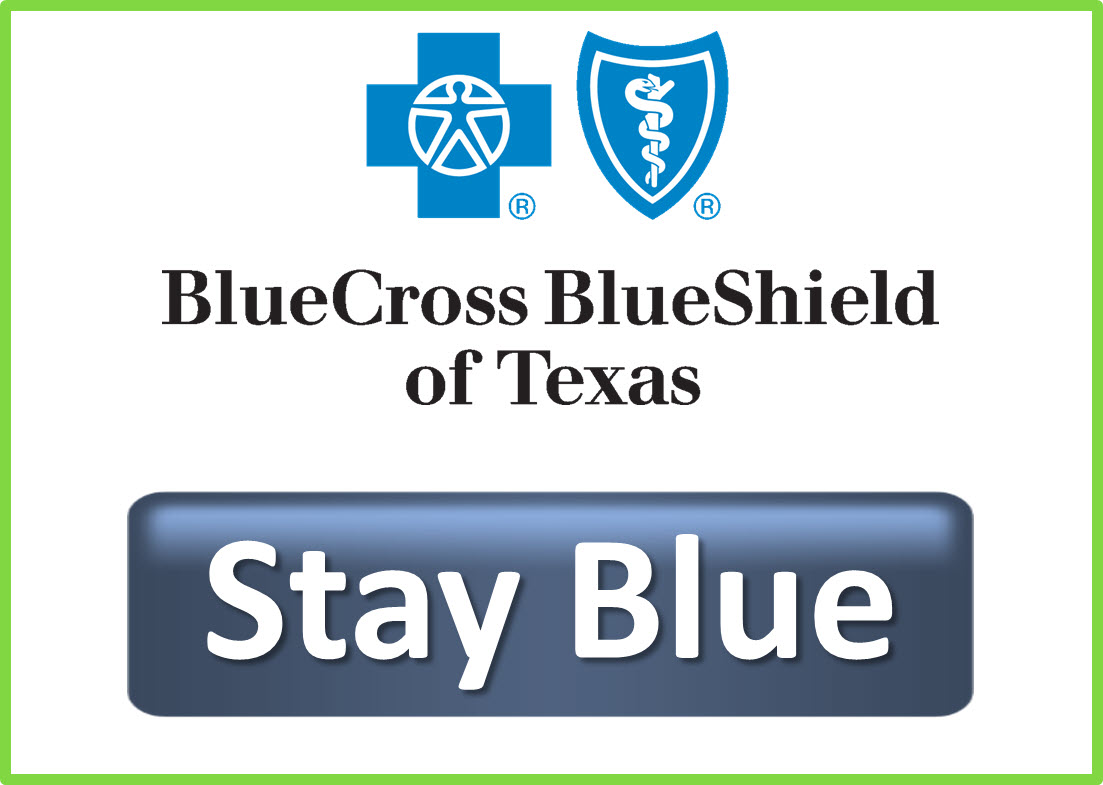OPEN ENROLLMENT RESOURCE CENTER FOR INDIVIDUALS AND FAMILIES
Open Enrollment Period: November 1, 2015 – January 31, 2016
While the Affordable Care Act made sweeping changes to employer-sponsored health insurance plans, the changes in the individual market were even bigger. For people who do not have health insurance available through an employer, and for people whose group health coverage is unaffordable, there are now some options available in the individual market.
What you need to know about Individual health insurance coverage
- All individual plans are now guaranteed issue, which means you cannot be turned down or charged more based on pre-existing medical conditions. Learn more.
- All individual plans cover the essential health benefits. While there’s a big list of essential benefits, the most important new additions include maternity coverage and coverage for mental health and substance abuse. Learn more.
- People with incomes up to 400% of the Federal Poverty Level who do not have access to other minimum essential coverage may qualify for a premium tax credit to help them pay for health insurance.
- People with incomes up to 250% of the Federal Poverty Level who do not have access to other minimum essential coverage may qualify for cost-sharing subsidies to help reduce their out-of-pocket exposure. The subsidies are only available to people who purchase silver-level plans. Learn more.
- The individual mandate now requires people to have coverage or pay a penalty when they file their taxes. That penalty is going up again for 2016. Learn more.
- If you don’t purchase coverage during open enrollment, you may not be able to again until this time next year. If you have a qualifying life event (like marriage or the birth of a child) or lose employer-sponsored coverage, you may qualify for a 60-day special enrollment period. Otherwise, a short-term plan may be your only option. Learn more.
- Many health insurance plans sold in the individual market have smaller provider networks than group health insurance plans. If your doctor or hospital is important to you, be sure to check the provider network before getting a quote and certainly before applying for coverage. Check your providers below.
Important Info About Your Individual Plan Options
Blue Cross Blue Shield of Texas (BCBSTX), the largest individual health insurance carrier in the state, has made the difficult decision to stop offering individual PPO plans in 2016. This change does not impact grandfathered individual plans or employer-sponsored plans, but for individual ACA customers with BCBSTX, this is a very big deal.
Following the BCBSTX announcement, several other large insurance companies have decided to make coverage to the plans and networks they offer. Here’s an overview of those changes:
- United Healthcare has decided to NOT offer their Choice PPO network in the urban areas of Texas. This means that a major PPO we thought would be usable for the DFW area, the Houston area, and the San Antonio–Austin area will not be available in 2016. If you live in a rural area, this network will be available, but ONLY off exchange. Here is a chart which lists which counties will have this Choice PPO available to them off exchange. UHC will only offer their Compass network both off and on exchange in the urban areas. We do not believe the Compass network to be a good option for most of our clients. The Choice PPO may be an excellent option for those in the rural areas who do not qualify for a subsidy.
- In the DFW area, Humana will be offering only one plan. It is a Bronze $6450 individual ($12900 family) deductible ChoiceCare PPO off exchange and HSA compatible. In the DFW area it will provide access to UT Southwestern and also to Texas Health Resources (THR) facilities with the exception of the Presbyterian Plano hospital, which is not included.
- For families, the Baylor Scott White network includes both Children’s and Cooks Hospital systems to provide excellent coverage for your children. Adults will have open access to their HMO network without a primary care physician and without referrals to specialists. The hospital system is large with excellent access to care if you are in the DFW area and along the I35 corridor from the DFW metroplex to Austin. You can purchase their PPO to have Out of Network access coverage for other systems. However, you will see very high deductibles and high coinsurance% before you get any reimbursement for out of network.
- BCBSTX Blue Advantage HMO does NOT have Baylor Scott & White, UT Southwestern, Children’s Hospital, or Cook Children’s in their network in the DFW metroplex. The hospitals include Medical City and Medical City Children’s, Methodist Hospitals, THR (Texas Health Resources), and various outlying hospitals, such as Medical Center of Lewisville. The Blue Advantage plan requires a primary care physician. The Plus version is the same network for in-network benefits, but allows for some out of network coverage, but at a high deductible level and then at 50% coinsurance with NO STOPLOSS.
- It is possible that CIGNA’s EPO may provide another option for the DFW area by providing access to dominant hospital systems, but we will not be able to confirm that until Thursday when we learn more details in a producer webinar. We will keep you posted.
How do you choose?
When choosing a plan, you’ll want to consider 1) whether your doctors participate in the network or not and 2) how important your providers are to you. Some people aren’t that attached to their medical providers and don’t mind changing; others wouldn’t even consider it.
The reason we place such an emphasis on hospital systems is because when you have a major accident or a major health issue, it is these larger health systems that most people want to access for their care. So while your primary care doctor is in a particular network, you do want to think about what hospital you would want to access if something critical happened to your family or yourself.
It’s also important to review the preferred pharmacy list as that may differ from the PPO plan and to make sure your prescriptions are included on the HMO plan formulary as it is also different. Other factors to consider include whether you’re being treated for a serious condition that may require additional specialists; how much you travel; and whether you have a second home in another area that may give you access to different provider networks.
If your preferred providers don’t participate in any of the individual networks, you might consider joining your spouse’s employer-sponsored plan, if available. The last option is to write a small group policy, if you qualify, which gives you access the large PPO networks you have grown accustomed to utilizing.
All of the carriers have advised us that they will be doing the final updates to their networks on 11/1, so checking the network prior to 11/1 might be premature. We also have a tool that allows us to enter doctor names and the tool advises which plans off /on exchange include those physicians. Open enrollment begins 11/1/2015 for 1/1/2016, and we look forward to assisting you in obtaining your 2016 coverage.
Want more info? Watch our open enrollment webinar.
On Tuesday, October 20, JME hosted a one-hour webinar entitled “Time to Get Ready for Open Enrollment.” If you missed the webinar, you can view our recording and download the slides here. Keep in mind that, since the webinar, we have learned new information about some of the options available across the state, so the discussion above is more up-to-date than the information presented during the webinar.
Check your providers and get a quote
If you’re ready to start shopping for health insurance coverage, you can get quotes below, but be sure to check the provider networks first to see if your doctors participate. Open enrollment for quoting and applying for individual coverage will begin on November 1, 2015 and end on January 31, 2016.
Your effective date of coverage will be based on when you submit your application.
- Applications submitted by 12/15/2015 will be effective 1/1/2016.
- Applications submitted 12/16/2015 through 1/15/2016 will be effective 2/1/2016.
- Applications submitted 1/16/2016 through 1/31/2016 will be effective 3/1/2016.





